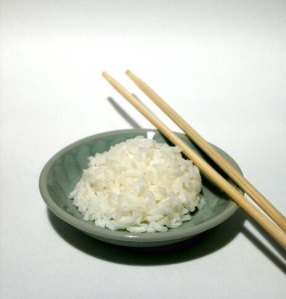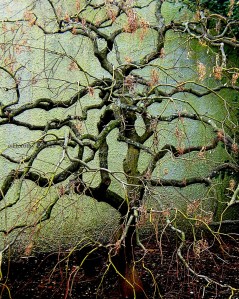
Rice
Yesterday’s rain informs me I’m born of luck and blended
strands, of hope and words forged before a common tongue emerged.
Of my first two languages only one still breathes.
The other manifests in exile, in blurred images and hummed tunes.
Rice is my staple. I eat it without regarding its English etymology,
its transition from Sanskrit to Persian and Greek, to Latin, to French.
Flooding is not mandatory in cultivation, but requires less effort.
Rice contains arsenic, yet I crave its polished grains.
In my monolingual home we still call it gohan, literally cooked rice, or meal.
The kanji character, bei, also means America.
Representing a field, it symbolizes abundance, security, and fertility.
Three rice plants tied with a rope. Many. Life’s foundation.
To understand Japan, look to rice. To appreciate breadth, think gohan.
Humility exemplified: sake consists of rice, water and mold.
The words we shape predicate a communion of aesthetics.
Miscomprehension inhabits consequence.
* * *
“Rice” has appeared here twice before, and is included in my chapbook-length work, The Circumference of Other, published in Ides, a one-volume collection of fifteen chapbooks published by Silver Birch Press and available on Amazon.com.








